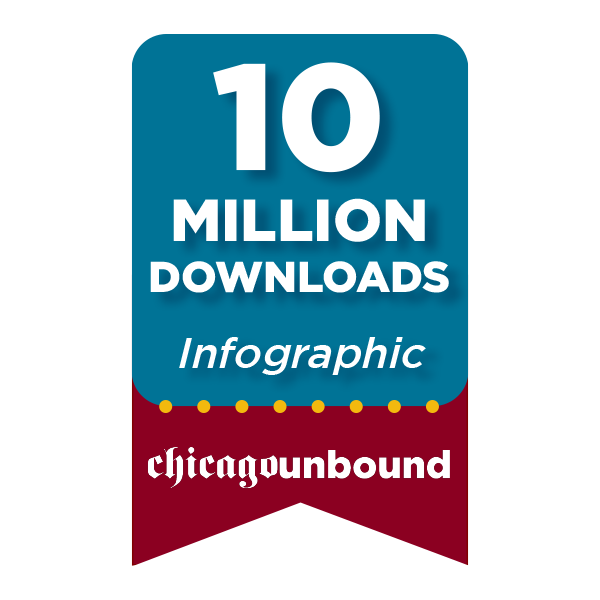Publication Date
2013
Publication Title
Public Law & Legal Theory
Abstract
Bell Atlantic Corp. v. Twombly and Ashcroft v. Iqbal are the most important cases on pleading in fifty years. A large literature argues that these cases have raised pleading standards, empowered federal judges as the gatekeepers to federal court, and undermined the “liberal ethos” of the Federal Rules of Civil Procedure. This understanding of pleading doctrine has in turn led to predictions of dramatic effects on dismissal rates, particularly for claims, such as employment discrimination claims, where plaintiffs often lack knowledge of the defendant’s intent at the outset of the case. The accumulating empirical evidence, however, confounds these predictions. Why have the most significant pleading cases in 50 years had virtually no statistically significant effects? Why, in an era of heightened pleading, do defendants file motions to dismiss in only 6 percent of cases? Why have employment discrimination cases been largely unaffected by Twombly and Iqbal? To explain these puzzles, I develop a new theory of pleading, in which pleading practices are not driven by pleading rules and doctrine, but by litigation strategy, and in particular the use of detailed pleadings to precipitate early settlement. I argue that even in a world with no motions to dismiss, we should expect detailed, plausible pleadings to be the norm. I conclude by arguing that Twombly and Iqbal advance rather than weaken the “liberal ethos” of the Federal Rules. Viewed in this light, Twombly and Iqbal point us to a crucial margin on which they may—or may not—have had a hard-to-detect but potentially important effect: with respect to a small, but disproportionately expensive, set of cases.
Number
446
Recommended Citation
William H. J. Hubbard, "A Theory of Pleading" (University of Chicago Public Law & Legal Theory Working Paper No. 446, 2013).


Additional Information
Chicago Unbound includes both works in progress and final versions of articles. Please be aware that a more recent version of this article may be available on Chicago Unbound, SSRN or elsewhere.